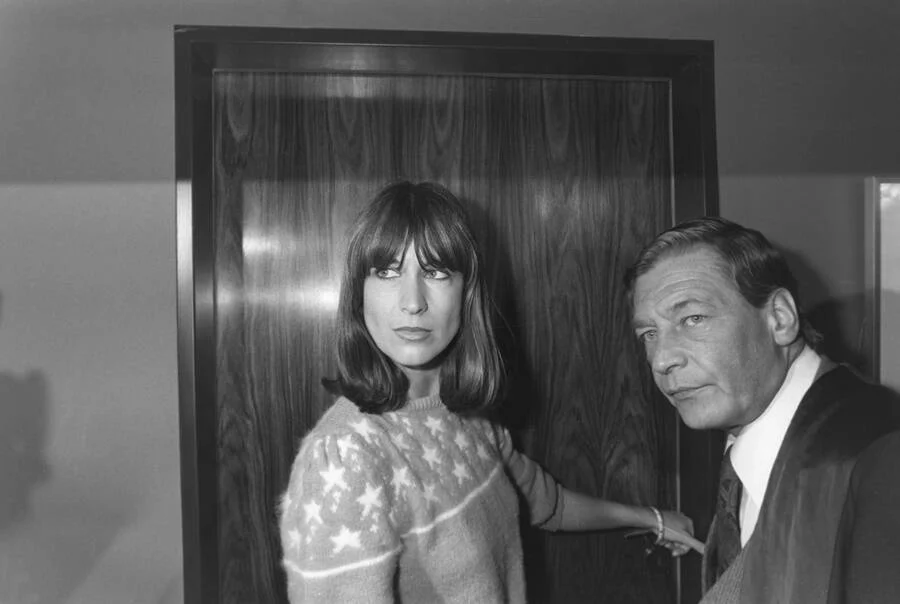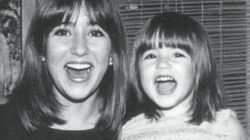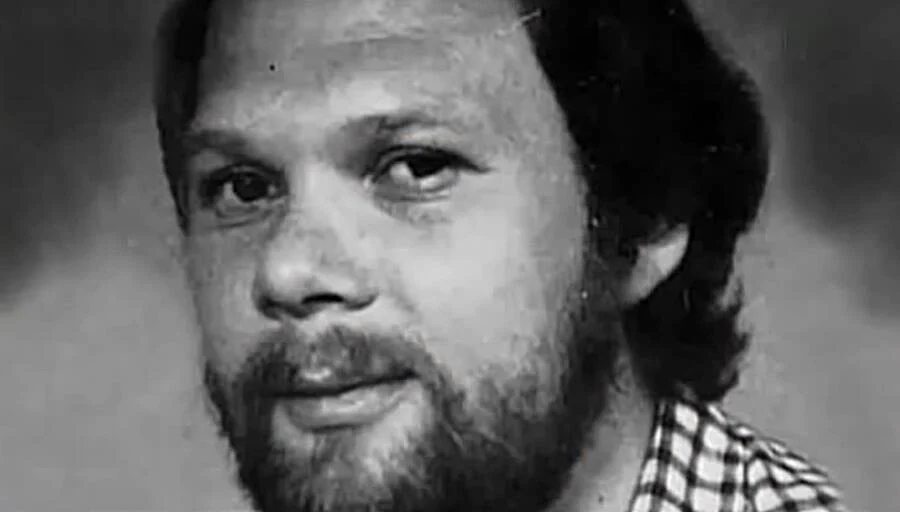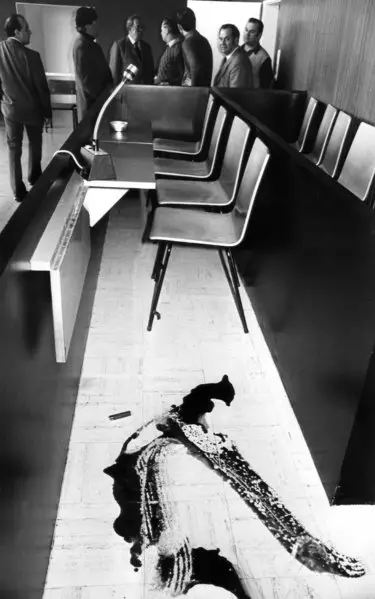Physical Address
304 North Cardinal St.
Dorchester Center, MA 02124
Physical Address
304 North Cardinal St.
Dorchester Center, MA 02124

In 1981, the world was stunned when a grieving mother, Marianne Bachmeier, smuggled a pistol into a German courtroom and shot the man who had murdered her seven-year-old daughter.
The killer had a disturbing past of abusing young girls and had already confessed to Anna’s murder.
But when he twisted the story to blame the child, Marianne reached her breaking point. Her decision to take justice into her own hands ignited a national debate about crime, punishment, and vigilante justice that still resonates decades later.

Marianne Bachmeier’s Early Life
Marianne Bachmeier was born on June 3rd, 1950, in West Germany.
Her childhood and early adulthood were filled with challenges.
At sixteen, she gave birth to her first child but placed the baby for adoption.
Two years later, at eighteen, she became pregnant again by her boyfriend. Tragically, just before the birth, she was raped. Her second child, like the first, was placed for adoption as an infant.

Meeting Anna
In 1972, while working at a pub called Tipasa, Marianne began a relationship with the manager.
At twenty-two, she became pregnant once more, and on November 14th, 1972, her daughter Anna was born. This time, Marianne chose to raise her.

The Day Everything Changed
On May 5th, 1980, seven-year-old Anna had an argument with her mother and decided to skip school. That decision led her to the home of their 35-year-old neighbor, Klaus Grabowski.
Anna had visited his house before to play with his cats. But this time, Grabowski kept her inside for hours before strangling her with his fiancée’s pantyhose.
It remains unclear if Anna was assaulted. After the murder, Grabowski placed her body in a cardboard box and left it on the bank of a canal. That same evening, his fiancée turned him in to police.

The Shocking Past of Klaus Grabowski
Investigators soon uncovered Grabowski’s disturbing history. He had previous convictions for sexually abusing two young girls.
In 1976, he voluntarily underwent castration. But later, he began hormone treatments in an attempt to reverse the procedure.
Despite his criminal background, he was living freely in the community.
Grabowski confessed to killing Anna but denied molesting her. Instead, he made a grotesque claim—that Anna had tried to seduce him and threatened to accuse him of abuse if he didn’t give her money.
This attempt to smear the memory of a seven-year-old child outraged Marianne.
The Trial of Klaus Grabowski
A year later, in 1981, Grabowski’s trial began in the District Court of Lübeck.
His defense lawyers argued he acted out of a hormonal imbalance caused by his hormone therapy. Critics, however, blamed the judicial system for ever allowing a known predator to restore his sex drive.
Others went so far as to blame Marianne herself, accusing her of neglecting her daughter and questioning her grief.
Marianne’s Act of Vengeance
On the third day of the trial, March 6th, 1981, Marianne Bachmeier took matters into her own hands.
She carried a small Beretta pistol into the courtroom inside her purse. Around 10 a.m., she walked toward the defendant and fired. Reports differ between seven or eight shots—six of them struck Grabowski. He died instantly.
Marianne made no attempt to escape or resist. She was immediately arrested.
The shooting, witnessed by journalists in the room, became an international media sensation.

The Trial of Marianne Bachmeier
Now, Marianne was the one on trial.
She testified that she had dreamt of shooting Grabowski and felt her daughter’s presence in the courtroom.
At one point, when asked for a handwriting sample, she wrote the words: “I did it for you, Anna.”
Initially, she faced murder charges. But after 28 days in court, the charges were reduced.
In March 1983, she was convicted of manslaughter and unlawful possession of a firearm. The court ruled her actions were not fully premeditated.
She was sentenced to six years, but served just over three before being released.
Public Reaction
The case sparked a heated national debate.
Some sympathized with Marianne, sending flowers and letters of support while she was imprisoned. Others argued that vigilante justice could not be allowed in a lawful society.
A survey by the Allensbach Institute showed just how divided the public was:
28% thought her sentence was fair.
27% thought it was too harsh.
25% thought it was too light.
To cover her legal fees, Marianne sold her story to magazines, earning around $158,000. Her story went on to inspire plays, films, and documentaries.
Life After Prison
In 1985, after her release, Marianne married a teacher and moved with him to Nigeria. They lived in a German settlement, where her husband taught at a German school.
Their marriage ended in 1990, and she moved to Sicily. In Palermo, she worked as an aide in a hospice.
Not long after, she was diagnosed with pancreatic cancer and returned to Germany.

Final Years and Death
Despite her illness, Marianne gave interviews, published an autobiography, and even allowed journalist Lukas Maria Böhmer to document the final stages of her life.
On September 17th, 1996, Marianne Bachmeier passed away in a Lübeck hospital at the age of just 46.
She was buried beside her daughter Anna.

Legacy
The story of Marianne Bachmeier remains one of the most infamous cases in modern German history—a grieving mother who, in a moment of rage and despair, took justice into her own hands.
Her actions continue to spark debate today: Was it an act of vengeance, or an understandable reaction to a broken system?